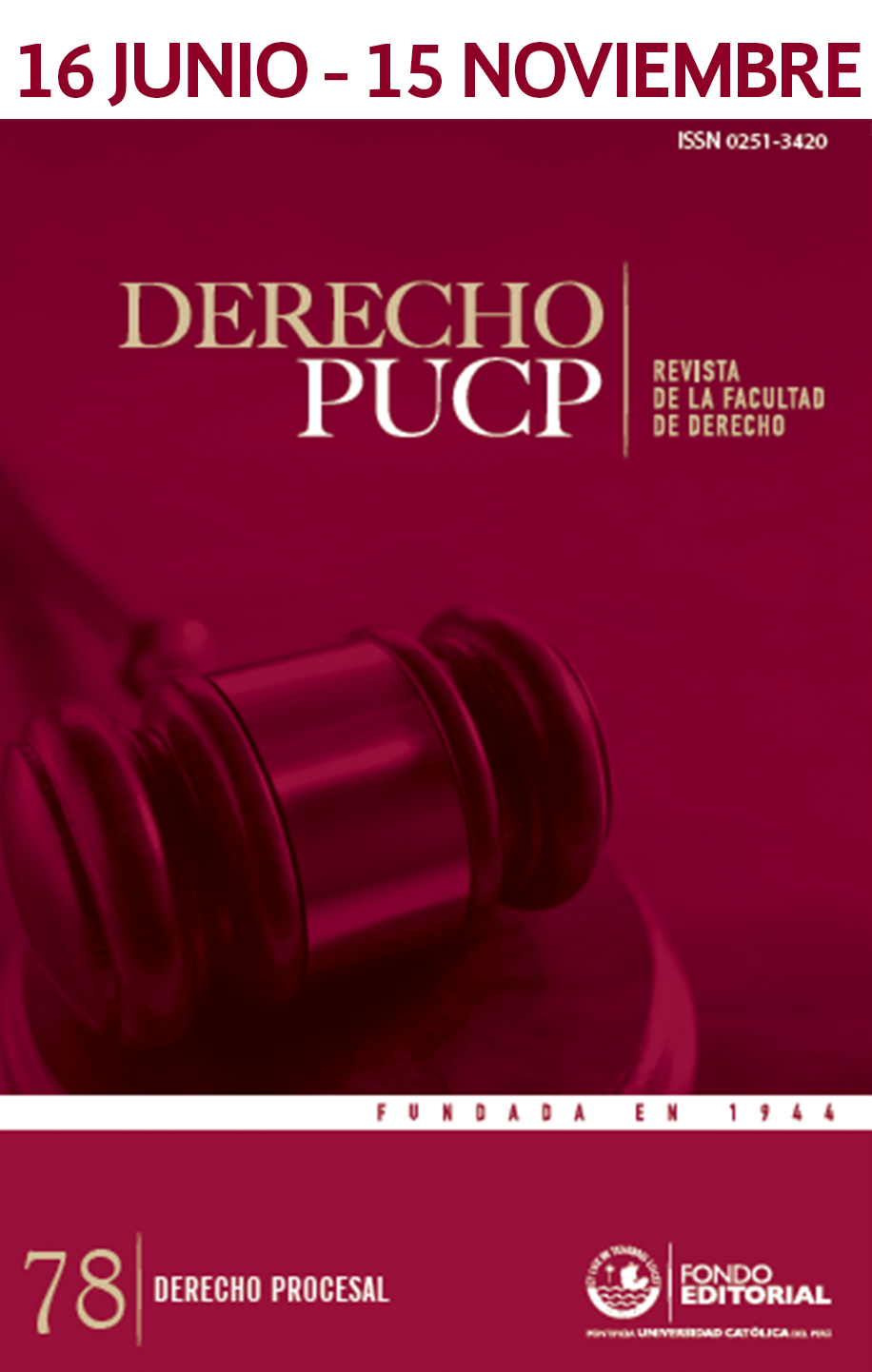Apogeo y declive del derecho constitucional a un juicio por jurado para causas penales en los Estados Unidos
DOI:
https://doi.org/10.18800/derechopucp.201701.006Palabras clave:
juicio por jurado, negociación de condena, historia del jurado, reglas de funcionamiento del jurado, acuerdos negociados de condenaResumen
Desde su aparición en Europa, el juicio por jurados tuvo que recorrer un largo camino para convertirse en el método oficial de juzgamiento de casos penales en los Estados Unidos. A pesar de que no fue creado exactamente con esa finalidad, tuvo varios momentos memorables durante su desarrollo que le otorgaron el prestigio y valor necesarios para insertarse en la Constitución de ese país como una garantía frente al abuso del poder. Hoy, sin embargo, la gran importancia que alguna vez tuvo ha quedado atrás. Las necesidades y prácticas propias de un sistema con una altísima tasa de condenas han terminado por relegarlo, convirtiéndolo en una verdadera especie en peligro de extinción. El siguiente artículo describe y explica el nacimiento y auge de los juicios por jurados para causas penales y su posterior virtual desaparición a manos de los no tan eficientes como peligrosos acuerdos negociados de condena.
Descargas
Descargas
Publicado
Cómo citar
Número
Sección
Licencia
Derechos de autor 2017 Derecho PUCP

Esta obra está bajo una licencia internacional Creative Commons Atribución 4.0.




